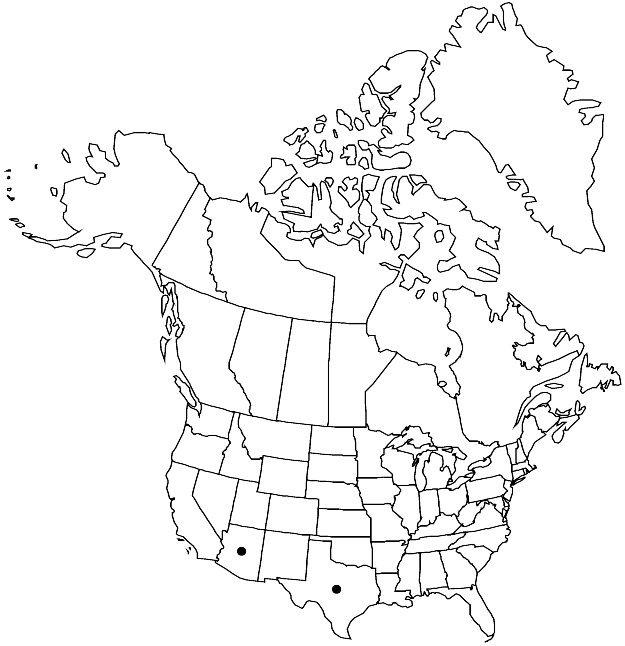Difference between revisions of "Braunia andrieuxii"
Moosstudien, 164. 1864.
Illustrated
Synonyms: Braunia secunda var. andrieuxii (Lorentz) Thériot
FNA>Volume Importer |
imported>Volume Importer |
||
| (6 intermediate revisions by 2 users not shown) | |||
| Line 9: | Line 9: | ||
|special_status={{Treatment/ID/Special_status | |special_status={{Treatment/ID/Special_status | ||
|code=F | |code=F | ||
| − | |label= | + | |label=Illustrated |
}} | }} | ||
|basionyms= | |basionyms= | ||
| Line 15: | Line 15: | ||
|name=Braunia secunda var. andrieuxii | |name=Braunia secunda var. andrieuxii | ||
|authority=(Lorentz) Thériot | |authority=(Lorentz) Thériot | ||
| + | |rank=variety | ||
}} | }} | ||
|hierarchy=Hedwigiaceae;Braunia;Braunia andrieuxii | |hierarchy=Hedwigiaceae;Braunia;Braunia andrieuxii | ||
| Line 30: | Line 31: | ||
|elevation=low to high elevations (0-1700 m) | |elevation=low to high elevations (0-1700 m) | ||
|distribution=Ariz.;Tex.;Mexico (Jalisco;Michoacán;Oaxaca). | |distribution=Ariz.;Tex.;Mexico (Jalisco;Michoacán;Oaxaca). | ||
| − | |discussion=<p>Leaf apices are shorter and broader in Braunia andrieuxii than in B. secunda. Braunia andrieuxii appears a paler yellow than B. secunda, and the cells are relatively thinner-walled and moderately porose and smooth at the base.</p> | + | |discussion=<p>Leaf apices are shorter and broader in <i>Braunia andrieuxii</i> than in <i>B. secunda</i>. <i>Braunia andrieuxii</i> appears a paler yellow than <i>B. secunda</i>, and the cells are relatively thinner-walled and moderately porose and smooth at the base.</p> |
|tables= | |tables= | ||
|references= | |references= | ||
| Line 39: | Line 40: | ||
-->{{#Taxon: | -->{{#Taxon: | ||
name=Braunia andrieuxii | name=Braunia andrieuxii | ||
| − | |||
|authority=Lorentz | |authority=Lorentz | ||
|rank=species | |rank=species | ||
| Line 53: | Line 53: | ||
|publication title=Moosstudien, | |publication title=Moosstudien, | ||
|publication year=1864 | |publication year=1864 | ||
| − | |special status= | + | |special status=Illustrated |
| − | |source xml=https:// | + | |source xml=https://bitbucket.org/aafc-mbb/fna-data-curation/src/2e0870ddd59836b60bcf96646a41e87ea5a5943a/coarse_grained_fna_xml/V28/V28_137.xml |
|genus=Braunia | |genus=Braunia | ||
|species=Braunia andrieuxii | |species=Braunia andrieuxii | ||
Latest revision as of 22:34, 5 November 2020
Stems with stolons apical on secondary stems and distally on branches. Leaves with margins recurved proximally, plane distally; distal medial laminal cell walls straight or weakly sinuate. Sexual condition autoicous.
Phenology: Capsules mature spring.
Habitat: Shaded or open cliff faces and rock outcrops in gorges and canyons, talus, granite boulders, dry rock
Elevation: low to high elevations (0-1700 m)
Distribution

Ariz., Tex., Mexico (Jalisco, Michoacán, Oaxaca).
Discussion
Leaf apices are shorter and broader in Braunia andrieuxii than in B. secunda. Braunia andrieuxii appears a paler yellow than B. secunda, and the cells are relatively thinner-walled and moderately porose and smooth at the base.
Selected References
None.
Lower Taxa
None.
